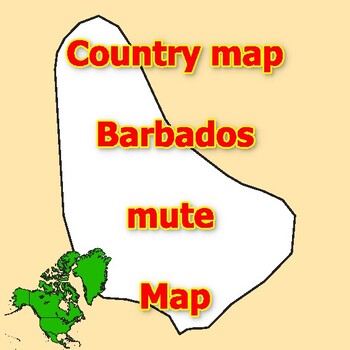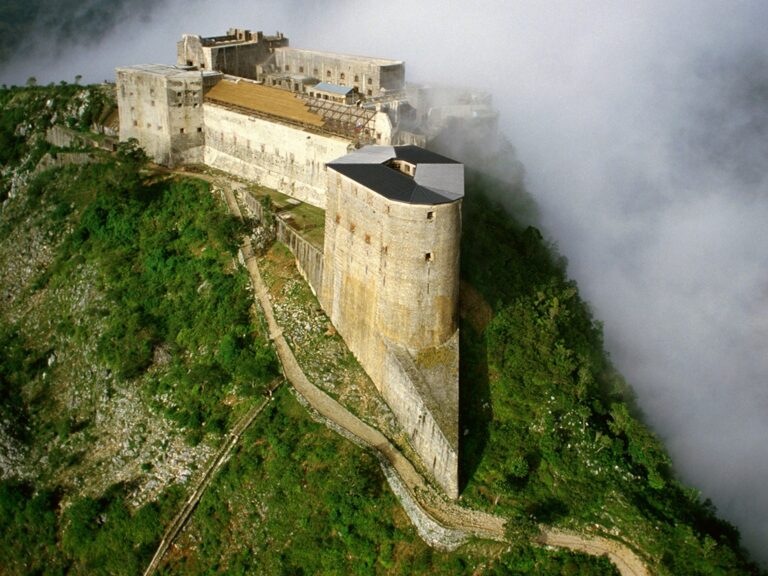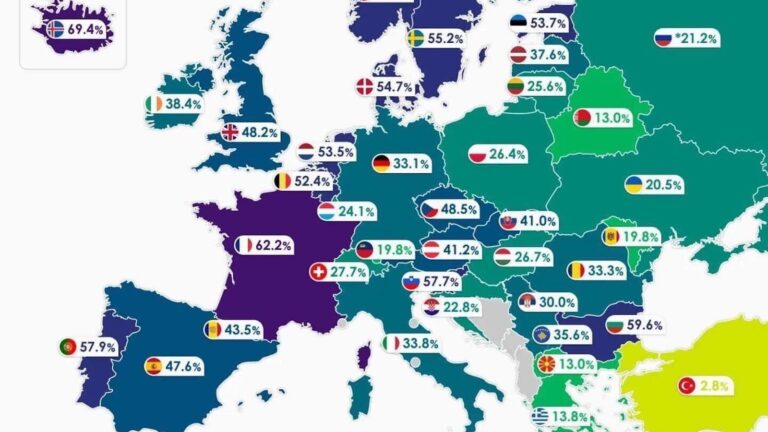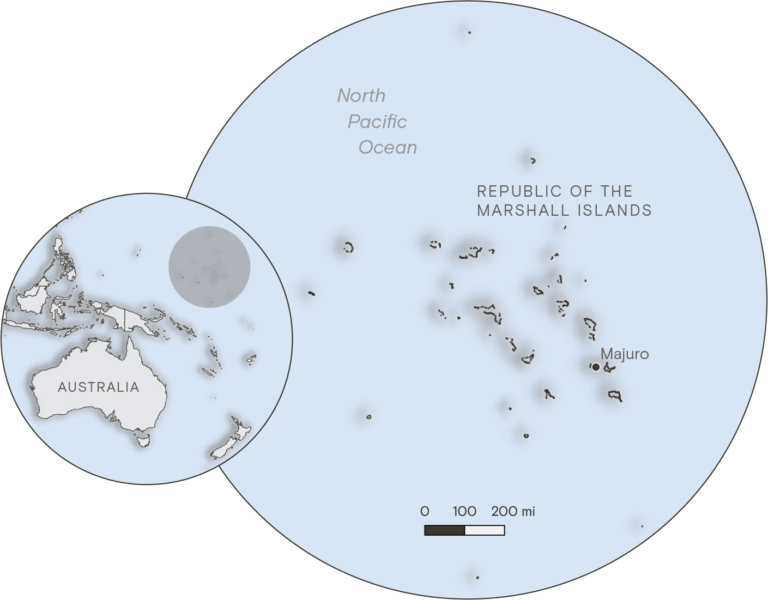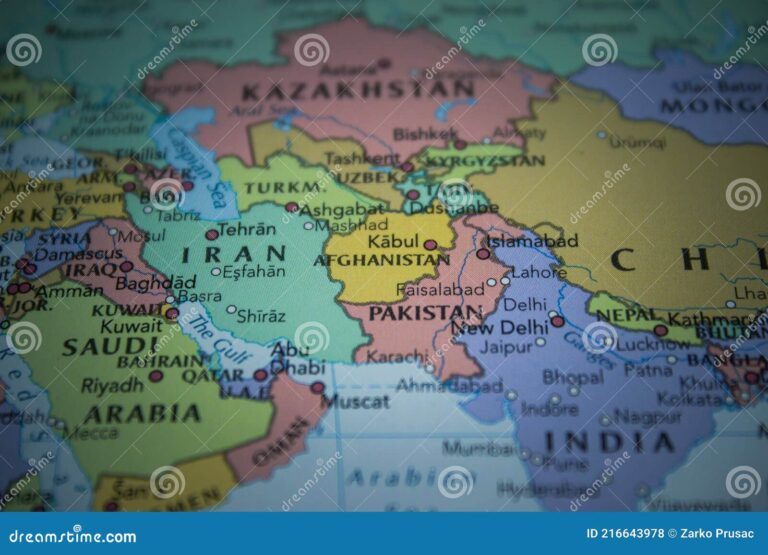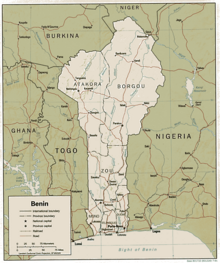Tunisia Neighbouring Countries and North African Borders
Tunisia’s Neighboring Countries
Tunisia is hanging out in Northern Africa, chilling between Algeria to the west and southwest, and Libya to the southeast.
Algeria and Tunisia
Tunisia cozies up to Algeria along a border that’s about 965 kilometers (which is like 600 miles if you’re counting in football fields) (Wikipedia). This line between them plays host to a mix of mountains and wide-open plains.
| Feature | Description |
|---|---|
| Length of Border | 965 km |
| Terrain | Mountains, plains |
Algeria and Tunisia have been good pals, keeping things friendly in their neighborhood. They’re often seen joining forces on business ventures and security talk, you know—a little chat about cross-border commerce and keeping the area safe from not-so-friendly folks. The Medjerda River, a pretty big deal in these parts, starts its journey in Algeria and wanders into Tunisia, just showing how their landscapes flow into one another.
Curious about other North African borders? Don’t miss our articles on Senegal neighboring countries and Sudan neighboring countries.
Libya and Tunisia
The stretch of land between Tunisia and Libya is about 459 kilometers (that’s roughly 285 miles for those keeping track of miles) (Wikipedia), beginning at Ras Ajdir on the coast and meandering down to meet Algeria. It’s a path marked by history, first drawn during colonial times and later serving as a boundary for two independent territories.
| Feature | Description |
|---|---|
| Length of Border | 459 km |
| Points of Interest | Ras Ajdir, Tripoint with Algeria |
Things heated up here during Libya’s 2011 civil struggle, with many folks crossing into Tunisia seeking safety (Wikipedia). But even with past hiccups, they still engage in trade and neighborly teamwork.
Want more scoop on neighboring nations in different regions? Peek at our takes on Saudi Arabia neighboring countries and Somalia neighboring countries.
Tunisia’s Maritime Borders
Tunisia sits snugly in North Africa, rubbing elbows not just with Algeria and Libya but also boasting some pretty important seaside lines. Thanks to its handy spot on the Mediterranean Sea, Tunisia has some pretty sweet wet borders with a bunch of regions and countries.
Mediterranean Sea
Tunisia hugs the Mediterranean to the north and east, and its long 713-mile beach towel of a coastline lets it play with the big kids on one of the ocean’s busiest playgrounds. This watery neighbor is a real MVP when it comes to trade, bringing in the fish and tourists ready to splash their cash, proving Tunisia ain’t just a pretty face but a strategic player too.
| Country | Coastline (km) |
|---|---|
| Tunisia | 1,148 |
Want the scoop on more neighborly chats by the Mediterranean? Check out serbia neighboring countries.
Sicily and Sardinia
Now, when it comes to playing footsie with Italy, Tunisia’s got Sicily and Sardinia keeping things interesting. Sicily sits north, like a friendly neighbor you can always wave to. This cozy connection is a bridge for Tunisia, opening doors for trade, culture swipes, and more than just a couple of pasta recipes.
| Point of Interest | Distance from Tunisia (km) |
|---|---|
| Sicily | 160 |
| Sardinia | 300 |
If you’re intrigued by how Italy’s islands step up their maritime game, have a peek at our feature on san marino neighbouring countries.
Malta
Malta? Ah, this speck of an island to the east isn’t just hanging around; it’s only 300 clicks away. Malta and Tunisia have a thing going on with strong trade winds and tourist flows, tied together by history and a shared knack for the sea.
| Country | Distance from Tunisia (km) |
|---|---|
| Malta | 300 |
For a taste of North African heels on sea borders or Tunisia’s land buddies, take a gander at our pages on sao tome and principe neighbouring countries and somalia neighbouring countries.
So there you have it—Tunisia’s oceanic hugs are crucial, linking it up with places like Sicily, Sardinia, and Malta. Getting the gist of these salty relationships shows just why Tunisia is a star player in the Mediterranean mix.
Rivers and Terrain Near Borders
Getting to know Tunisia’s geography near its borders gives you some pretty cool insights into what shapes this country. You’ve got the Medjerda River finagling its way through, a long stretch of coastline, and the famous Atlas Mountains flexing their muscles all the way from Algeria.
Medjerda River
Here’s the skinny on the Medjerda River: it’s the longest river in Tunisia, clocking in at about 450 kilometers, or 280 miles if you’re old school. Born in Algeria, it cruises east through northern Tunisia. The river makes a splash by dumping its waters into the Gulf of Tunis and Lake of Tunis – a big deal for farming and staying hydrated around these parts.
| Thingamajig | Details |
|---|---|
| Length | 450 km (280 mi) |
| Source | Algeria |
| Pours into | Gulf of Tunis and Lake of Tunis |
For those counting beans or planting them, the Medjerda River is the lifeline. Farmers rely on it, and it helps paint a big picture of how Tunisia’s natural resources benefit them and their neighbors.
Tunisian Coastline
Tunisia’s got a coastline that stretches on and on – 1,148 kilometers, or about 713 miles. This isn’t just any old coast; it’s along the Mediterranean, dotted with various beaches, cliffs, and busy harbors, and it’s vital for anything maritime happening here.
| Thingamajig | Details |
|---|---|
| Length | 1,148 km (713 mi) |
| Territorial Sea | 12 nautical miles (22 km; 14 mi) |
| Contiguous Zone | 24 nautical miles (44 km; 28 mi) |
The coast isn’t just a postcard shot – it keeps Tunisia’s fishing, tourism, and trade ticking along. Clean waters and awesome views reel in visitors, while bustling ports are crucial for trade and getting around. Plus, its location ties Tunisia to islands and countries in the Mediterranean, like Malta and Sicily.
Atlas Mountains Extension
Then there are the Atlas Mountains, specifically the Dorsal Range, stretching into Tunisia like an open-armed welcome from Algeria. Known as the eastern stretch of the Saharan Atlas, these mountains travel northeast from Algeria to the Cape Bon peninsula.
| Thingamajig | Details |
|---|---|
| Range | Saharan Atlas |
| Direction | Northeast |
| Notable Spot | Cape Bon peninsula |
In the Dorsal area, you get rolling hills and sweeping plains, especially in the Tell region. The terrain varies plenty, from deserts down south to steppic lands nestled between the Dorsal and southern hills. This shapes both climate and how nature behaves around here.
By digging into the Medjerda River, Tunisian coast, and the Atlas Mountains, you get a bigger picture of how connected Tunisia is with its neighbors and landforms. It’s a solid start for anyone looking to dive deeper into how Tunisia and its geography play together.
If you’re itching for more on neighboring countries, check out Senegal’s neighbors and Somalia’s neighbors.
Resource Sharing and Border Disputes
Trans-Mediterranean Gas Pipeline
Tunisia and Algeria have teamed up to build the Trans-Mediterranean Gas Pipeline. This pipeline snakes through Tunisia, linking Algeria to Italy, demonstrating how closely these neighbors work when it comes to economic matters. The pipeline plays a vital role in moving Algerian natural gas over to European markets, with Tunisia acting as the crucial middle-man because of its perfect spot on the map.
| Pipeline | Countries | Start Point | End Point |
|---|---|---|---|
| Trans-Mediterranean Gas Pipeline | Algeria, Tunisia, Italy | Algeria | Italy |
This pipeline serves as a big win for energy security, knitting the economies of Tunisia and Algeria closer together. Curious about how Tunisia pals around with other countries? Check out Tunisia’s foreign relations.
Numhyd Petroleum Company
Back in 2003, Tunisia and Algeria decided to join forces and set up Numhyd, a petroleum outfit with one mission: oil exploration. Numhyd’s equally split between the Algerian giant Sonatrach and Tunisia’s ETAP. It’s a shining example of their strong team play in the ever-important energy game.
Numhyd dabbles in finding oil, bringing it up, and getting it ready for use, powering both countries. This partnership is not just about drilling; it’s about sharing know-how and pooling resources for the good of both sides. For those interested in what it takes to share resources, dive into resource-sharing ventures.
Maritime Frontier Agreement
Not too long ago, Tunisia and Algeria shook hands on a deal to clearly mark their sea boundary lines. This move is all about keeping any sea squabbles at bay and working side by side in exploring and using ocean resources.
| Agreement | Countries Involved | Purpose | Year |
|---|---|---|---|
| Maritime Frontier Agreement | Tunisia, Algeria | Demarcate maritime frontier | 2021 |
This agreement is a clear stand by both nations for peaceful relations and joint projects. It’s crucial for spelling out ocean territories and opens doors to more teamwork on marine matters.
For those nosy about Tunisia’s border smarts and buddy-buddy country dealings, articles like Tunisia’s neighbor links and Senegal’s border buddies have your back.
International Relations & Trade
European Union Cooperation
Tunisia and the EU are like peas in a pod when it comes to trade. As the first non-EU Mediterranean country to cozy up with the EU in a free trade area, Tunisia inked its Association Agreement back in July 1995. It’s a big deal because the EU is Tunisia’s go-to trading buddy, snapping up 72.5% of what Tunisia imports and taking in 75% of what Tunisia exports.
| Aspect | Data |
|---|---|
| EU’s Rank as Trading Partner | 30th largest |
| Percentage of Tunisian Imports (EU) | 72.5% |
| Percentage of Tunisian Exports (EU) | 75% |
This teamwork stretches beyond just swapping goods. Take energy, for example. In June 2023, the World Bank Group chipped in $268.4 million to help Tunisia with the ELMED project. This snazzy plan links Tunisia’s grid with Italy, letting them swap renewable energy like it’s going outta style and send some electricity over to Sicily and beyond.
U.S. Partnership
Over in the States, Tunisia has found another buddy for support. After shaking things up with their 2011 revolution, Tunisia has been getting a nod of approval from the U.S. in the form of economic aid, military cooperation, and a helping hand in the democratic transition department.
Shared goals with America revolve around keeping things safe, boosting the economy, and keeping the region calm and collected. Big shot programs like the Millennium Challenge Corporation are all about helping Tunisia get its economy rolling. There are even trade talks and investor meet-ups to spruce up business ties and light a fire under the private sector so it can thrive.
Tunisia’s Relations with Morocco
Turning a little closer to home, Tunisia and Morocco have been dialing up their trade game. Back in 2008, they started sending ships directly to each other to really get things moving, stepping things up from the flaky rail service they had going. Not to be outdone, the stock markets in Tunis and Casablanca have started teaming up, letting Maghreb companies list together and even whipping up joint IPOs.
| Aspect | Data |
|---|---|
| Year Direct Maritime Shipping Commenced | 2008 |
| Cooperative Initiative | Joint Stock Listings |
These moves show how countries in North Africa are tightening bonds across borders, with Tunisia right in the mix. For more cool reads, check out our pieces on senegal neighboring countries and serbia neighboring countries.
Border Economics Challenges
Impact of Regional Conflict
The saga at the Tunisia-Libya border has been quite the tale due to regional brawls. With Libya’s financial mess since 2014, you’d think they were printing monopoly money! This has hit their wallets hard, triggering corruption like someone’s old junk car—the Tunisian traders are feeling the squeeze with fraudsters running rampant. Tunisia’s government, trying to crack down, has made border lockdowns a norm, slowing down trade like a two-legged tortoise.
Roll on January 2020—Turkey wades into Libya’s issues, mix in the pandemic and boom, even more tension! Tunisia then slammed their borders shut with Libya, putting a chokehold on the economy around the border. All these entwined challenges have spun quite the economic web, impacting Tunisia’s trade vibes and their neighborly relations.
Tribal Identity Initiatives
Some bright sparks suggested dusting off ancient Tunisian tribal identities as a fix. Back in 2017, a security bigwig thought it’d be clever to give local tribes a seat at the table with Libyan tribal councils. The plan? Get these tribal councils back in action to help hash out trade deals and security Carnegie Endowment) woes.
But let’s face it, not everyone’s rushing to join the tribe bandwagon. Stirring up old tribal politics is a headache, and without wide support, this idea didn’t catch fire. Still, there’s some magic in untangling the tribal puzzle when thinking about making Tunisia’s border relations better.
Banking Crisis Implications
Over in Libya, the banking shenanigans have been nothing short of a train wreck for Tunisia’s border economics (more on that here). Since their financial tumble in 2014, Libyans have been tightening their belts, and that means trouble. Corruption’s skyrocketing, and for Tunisian traders, it’s like navigating a minefield of crooks.
Tunisia’s heavy-handed security stance just adds fuel to the fire. Shutting border gates for long stints and falling trade like dominoes between Tunisia and Libya hits the local economy hard. Merchants and the economy are still wrestling with the fallout from Libya’s banking chaos, struggling to keep cross-border trade ticking over.
For more on Tunisia’s neighbors, dive into our write-ups on various regions, including San Marino neighboring countries, Sao Tome and Principe neighboring countries, and Slovenia neighboring countries.

